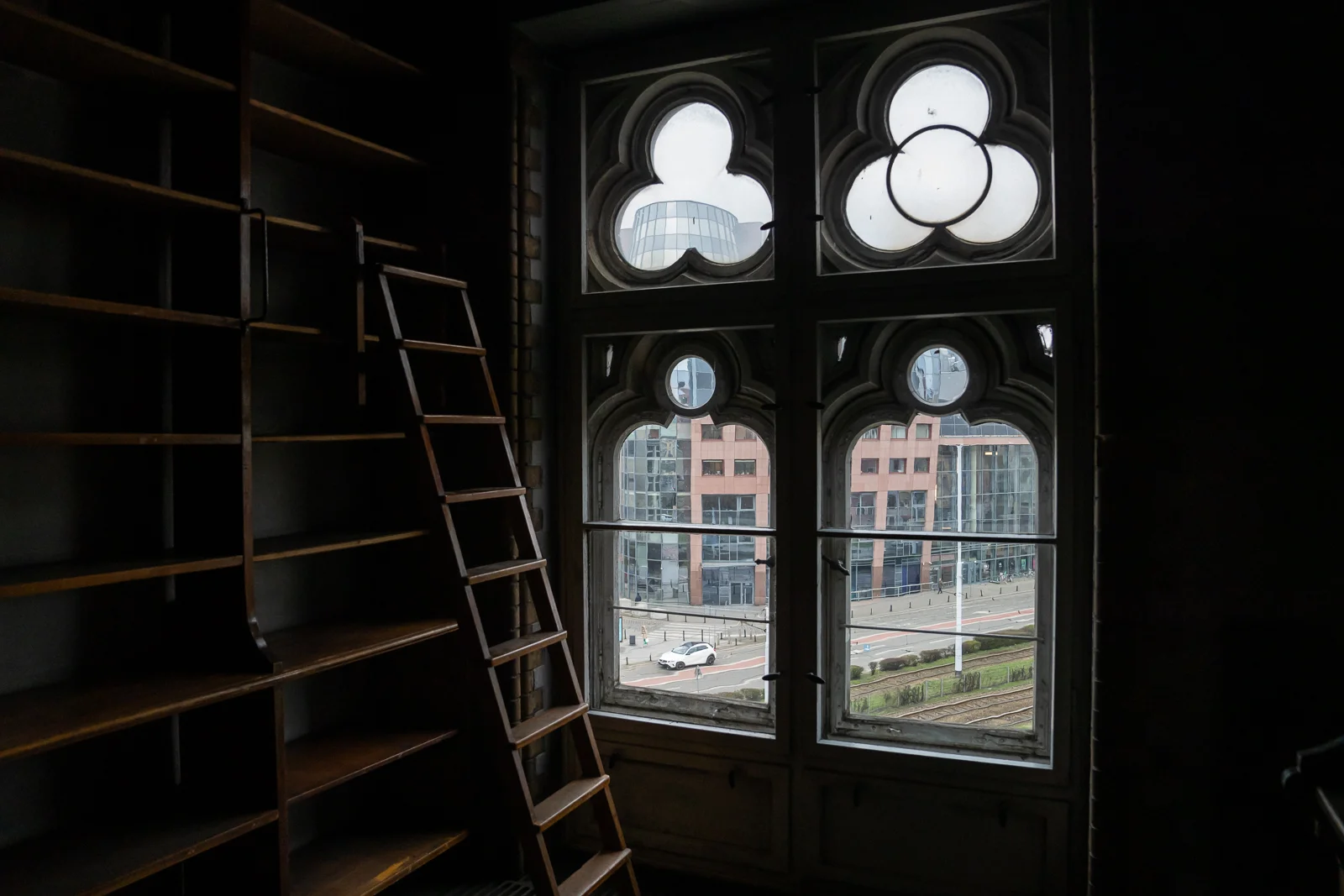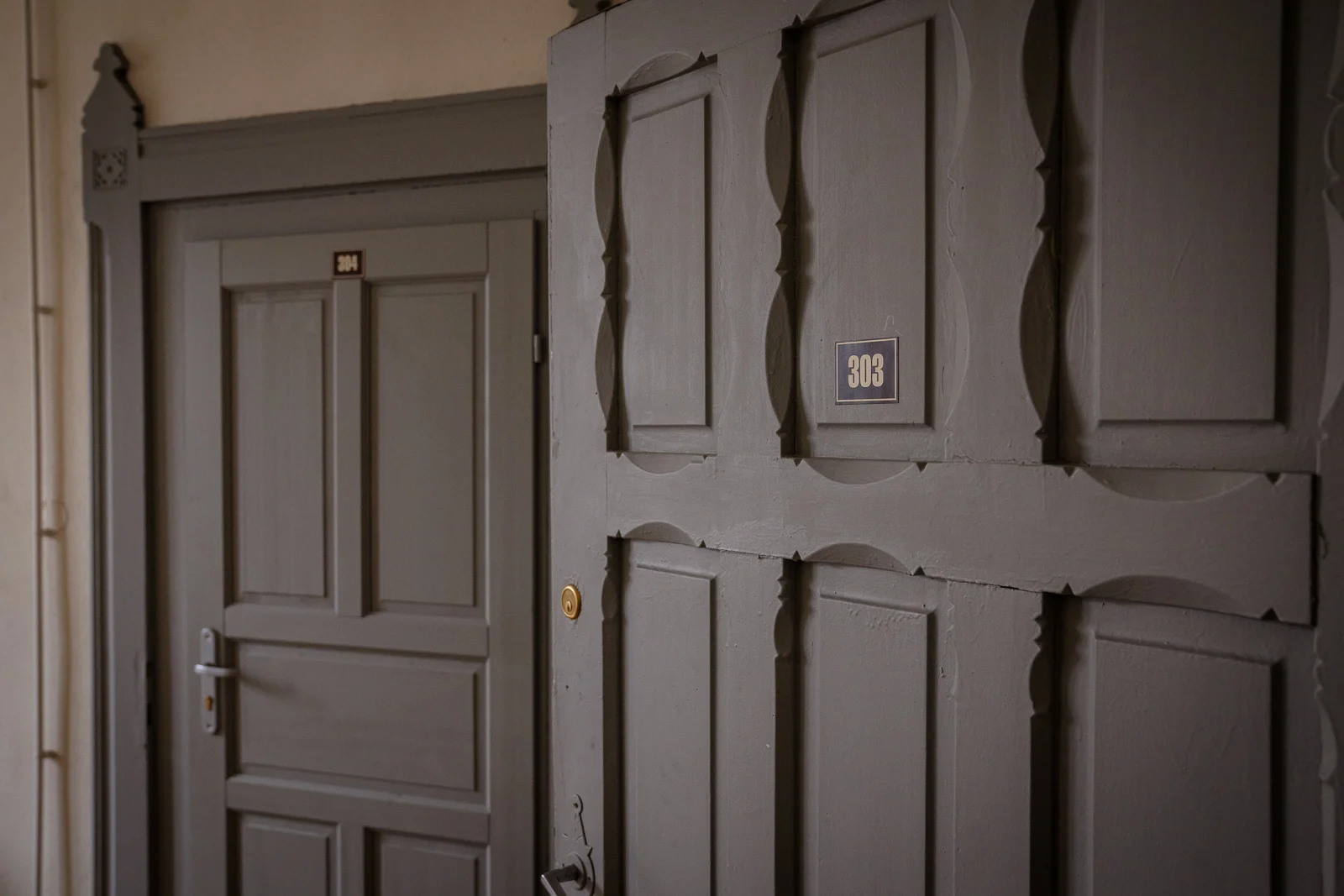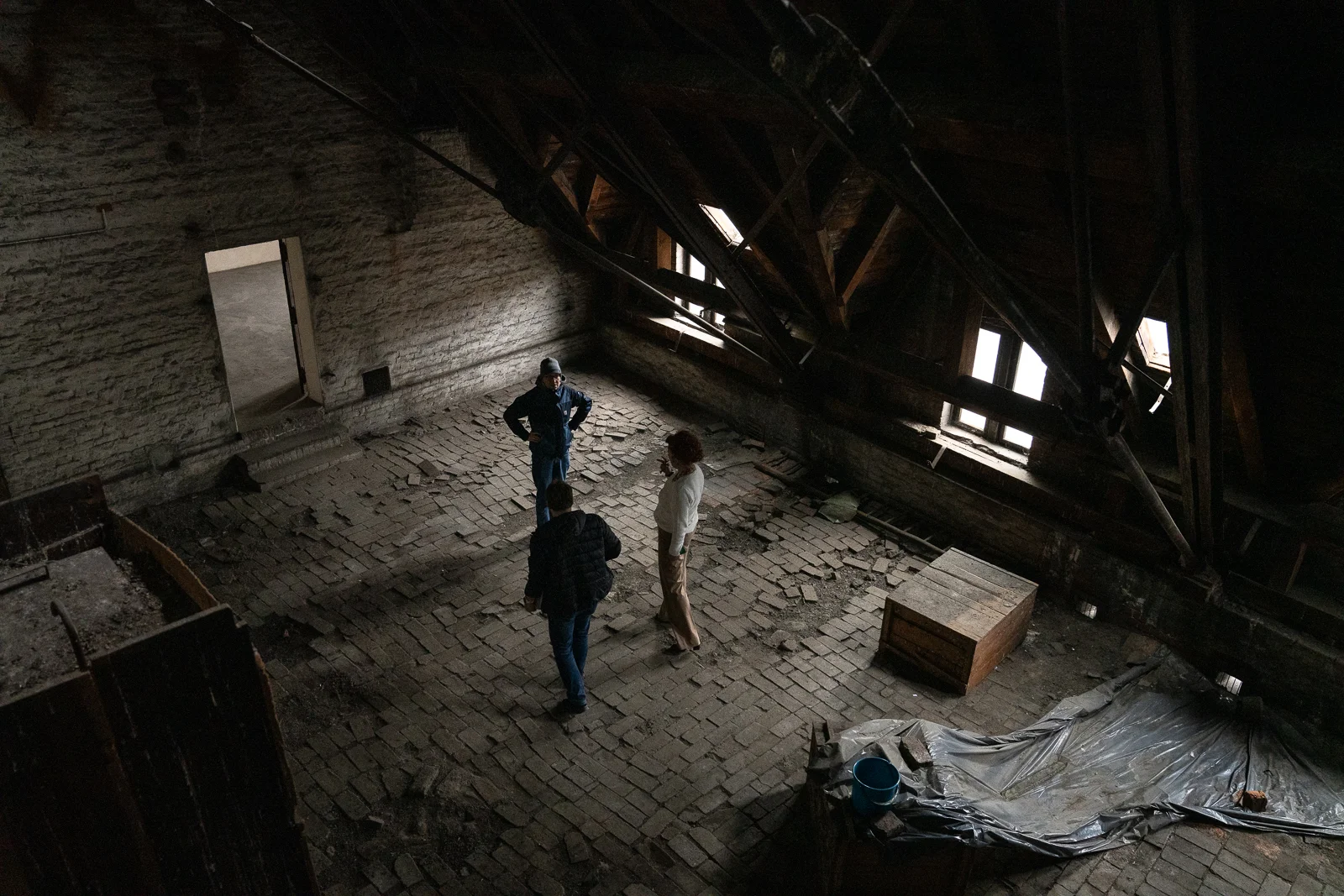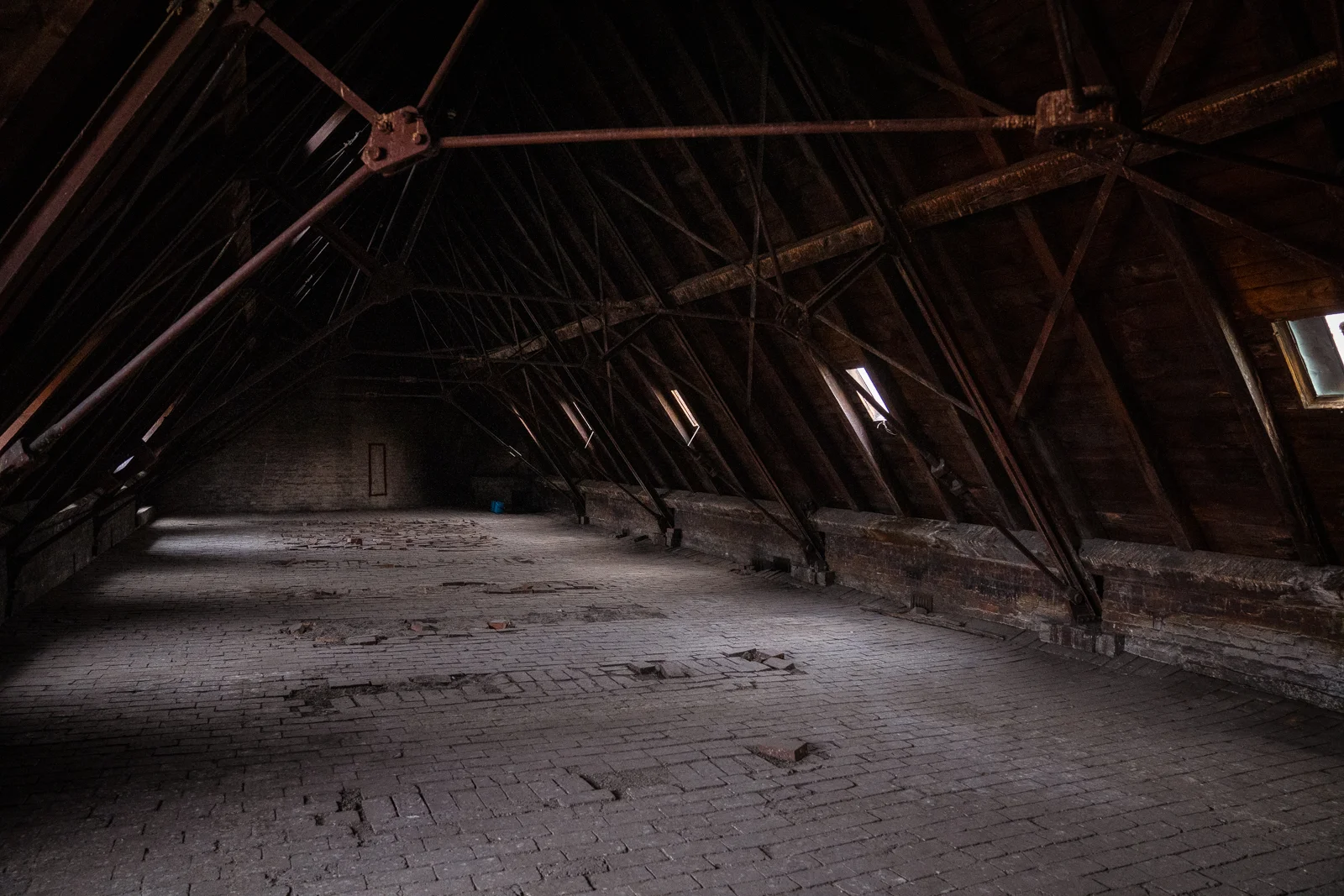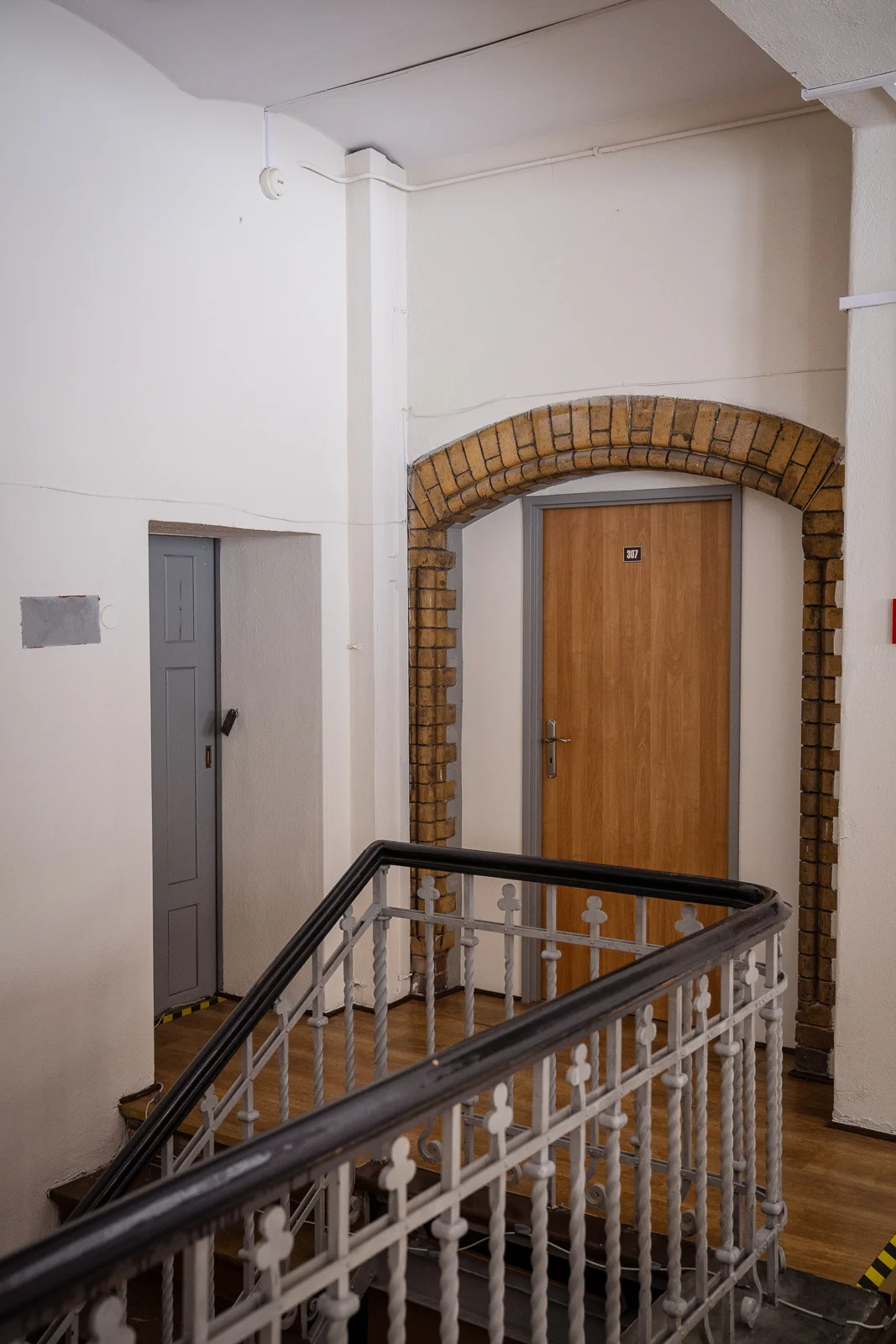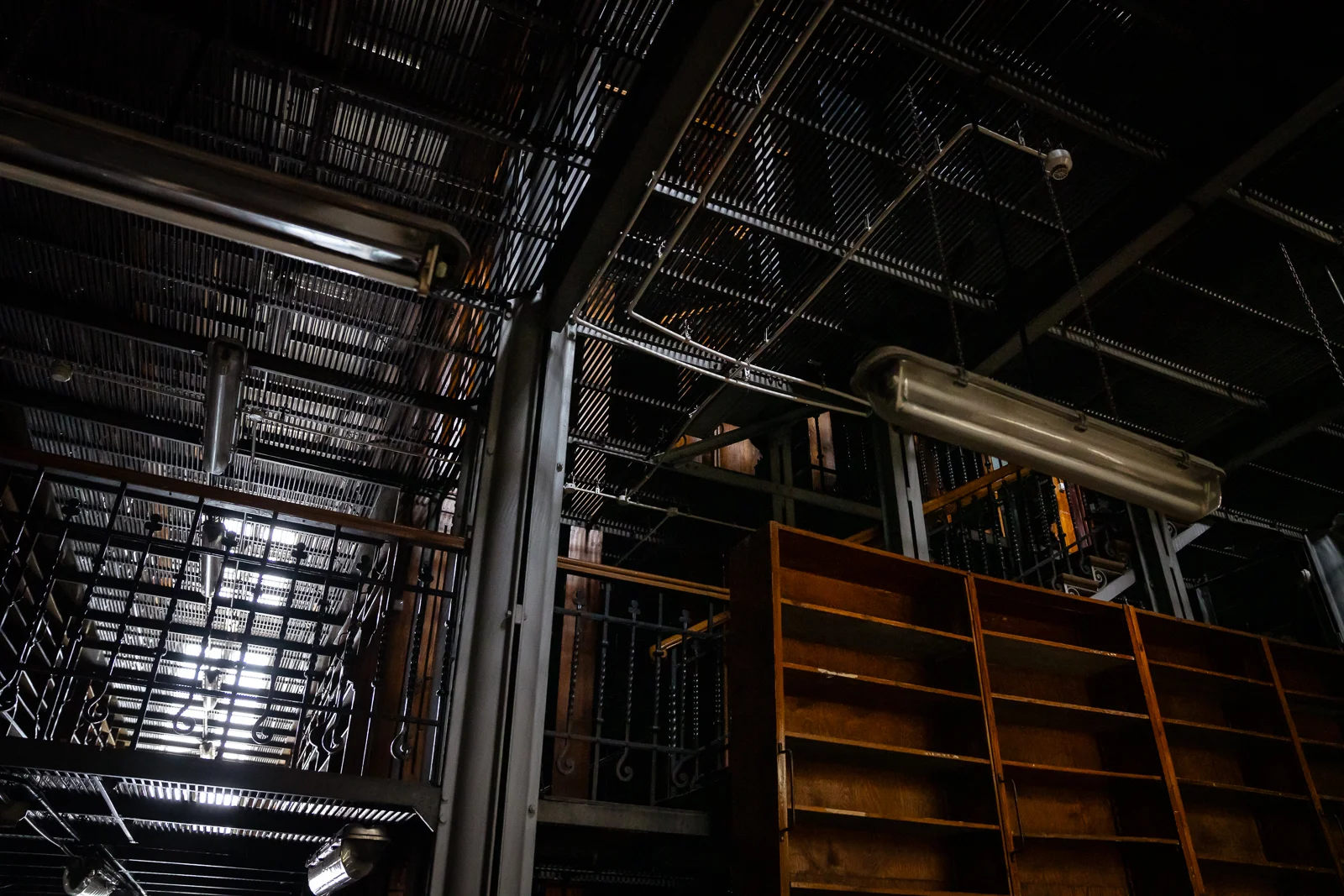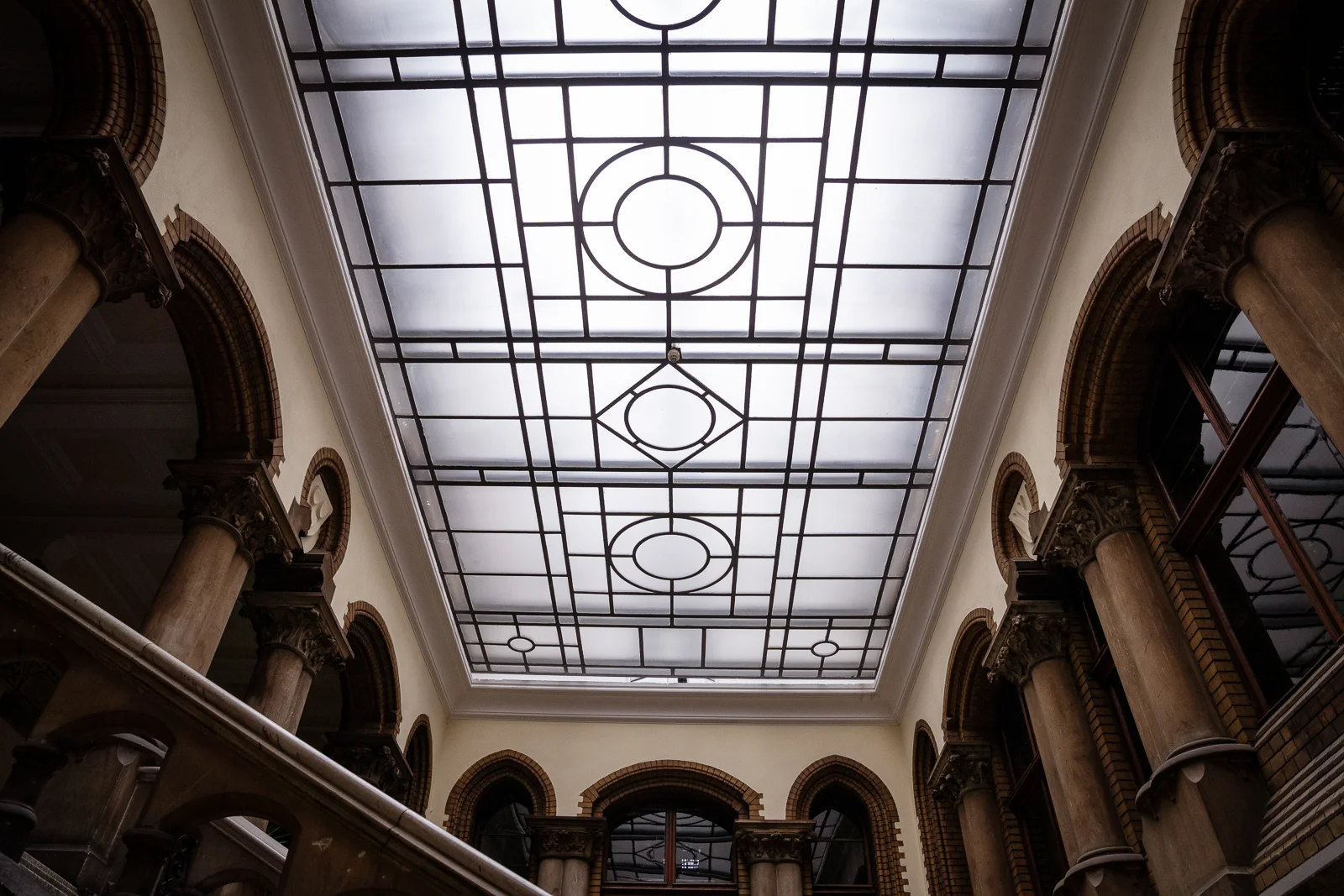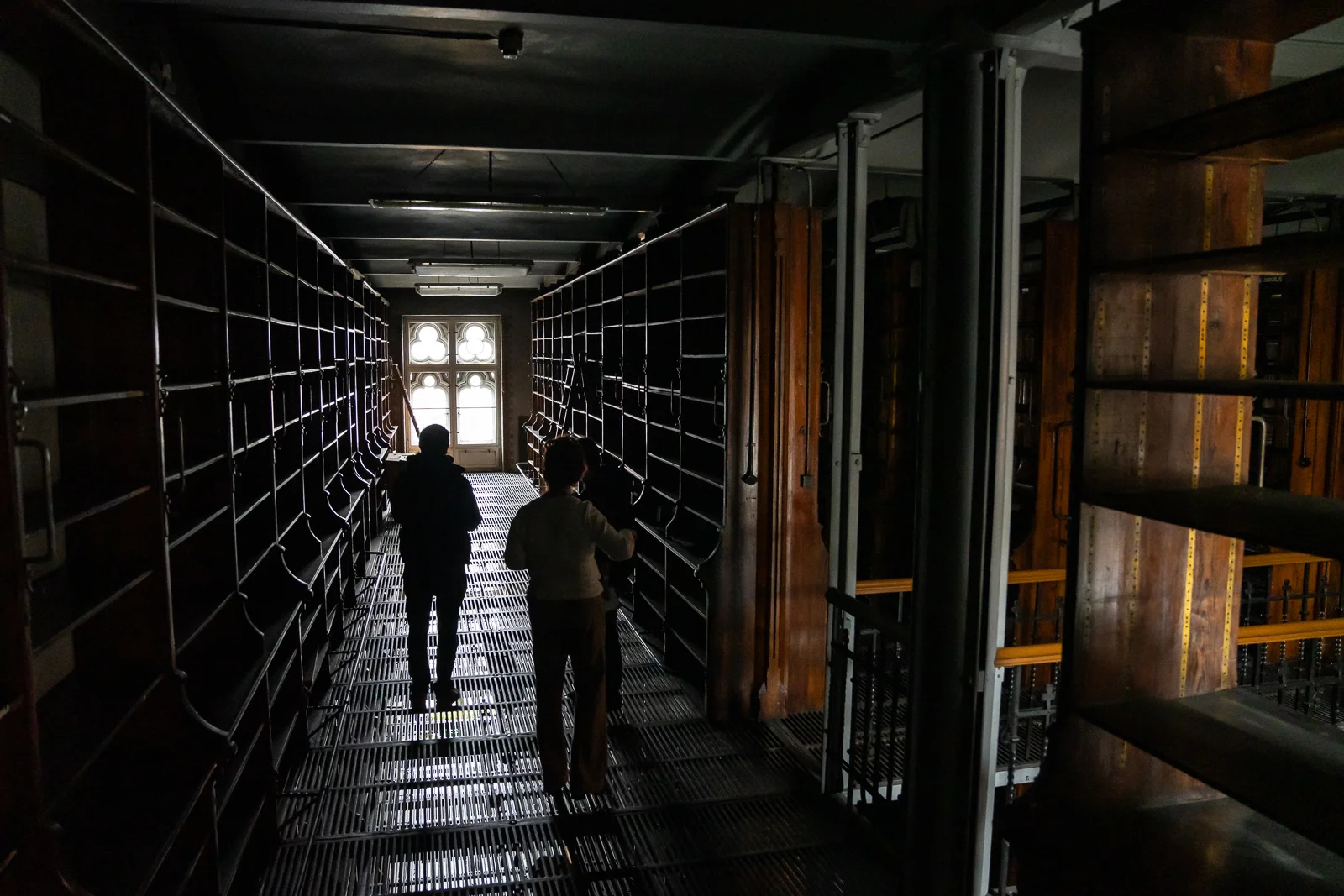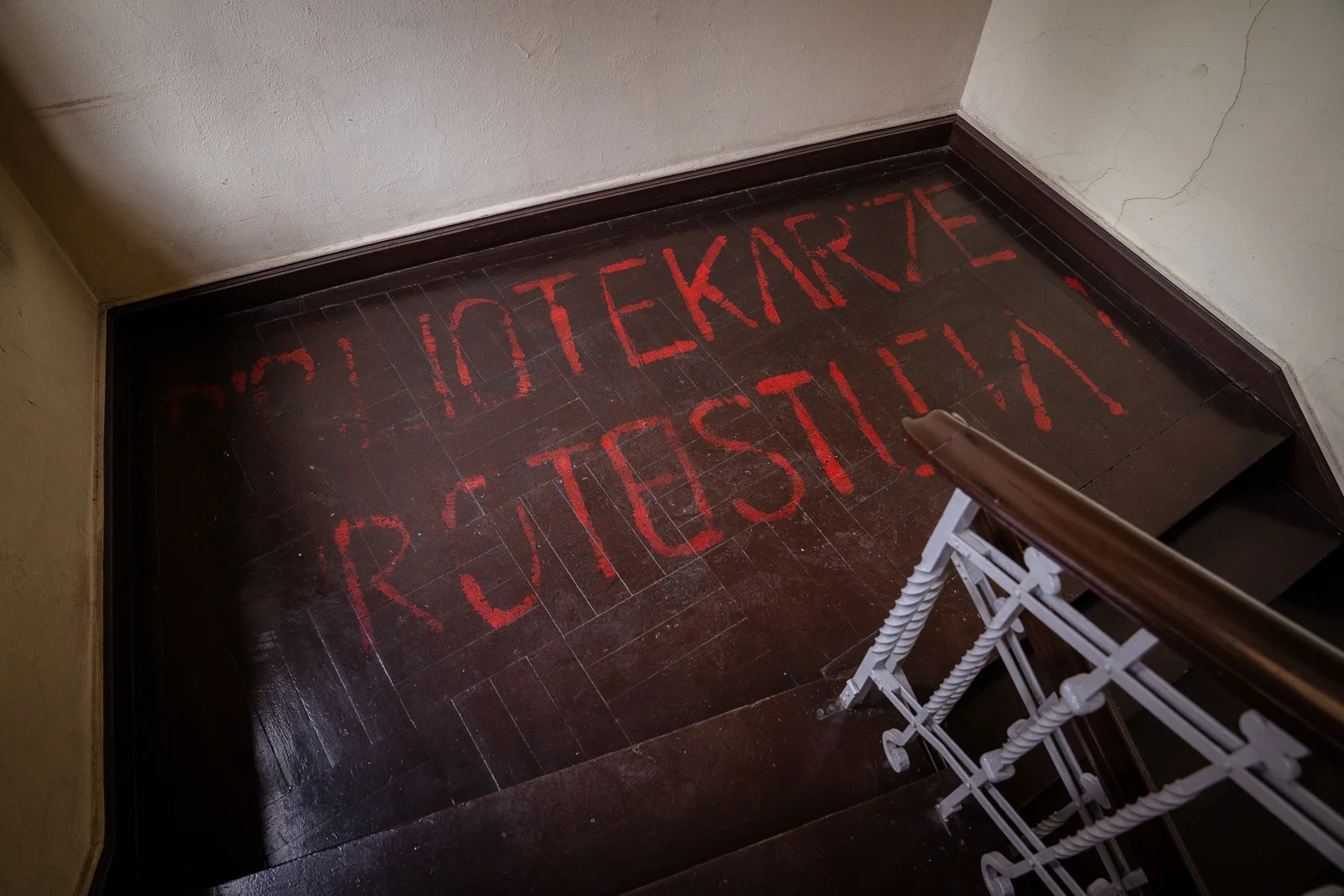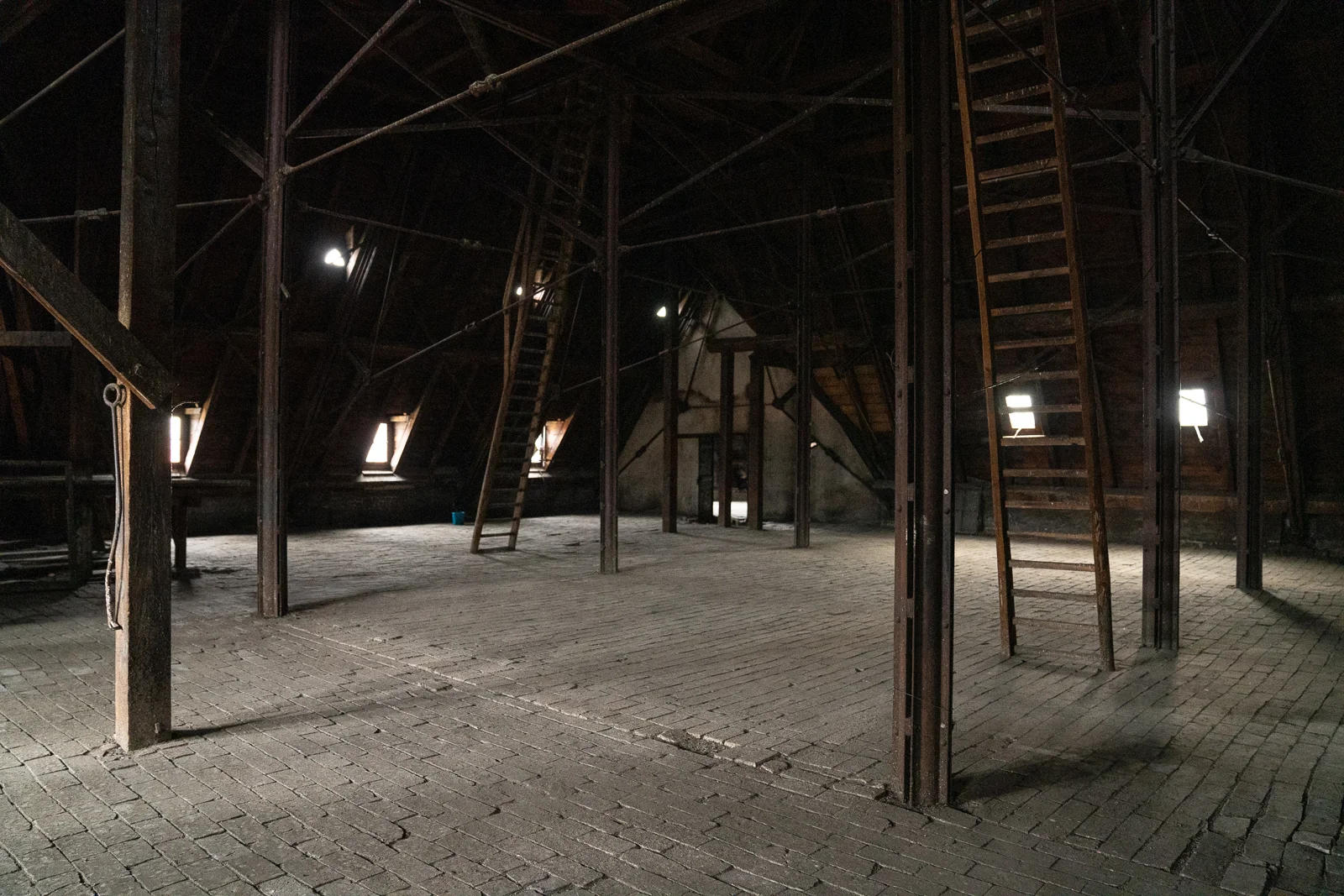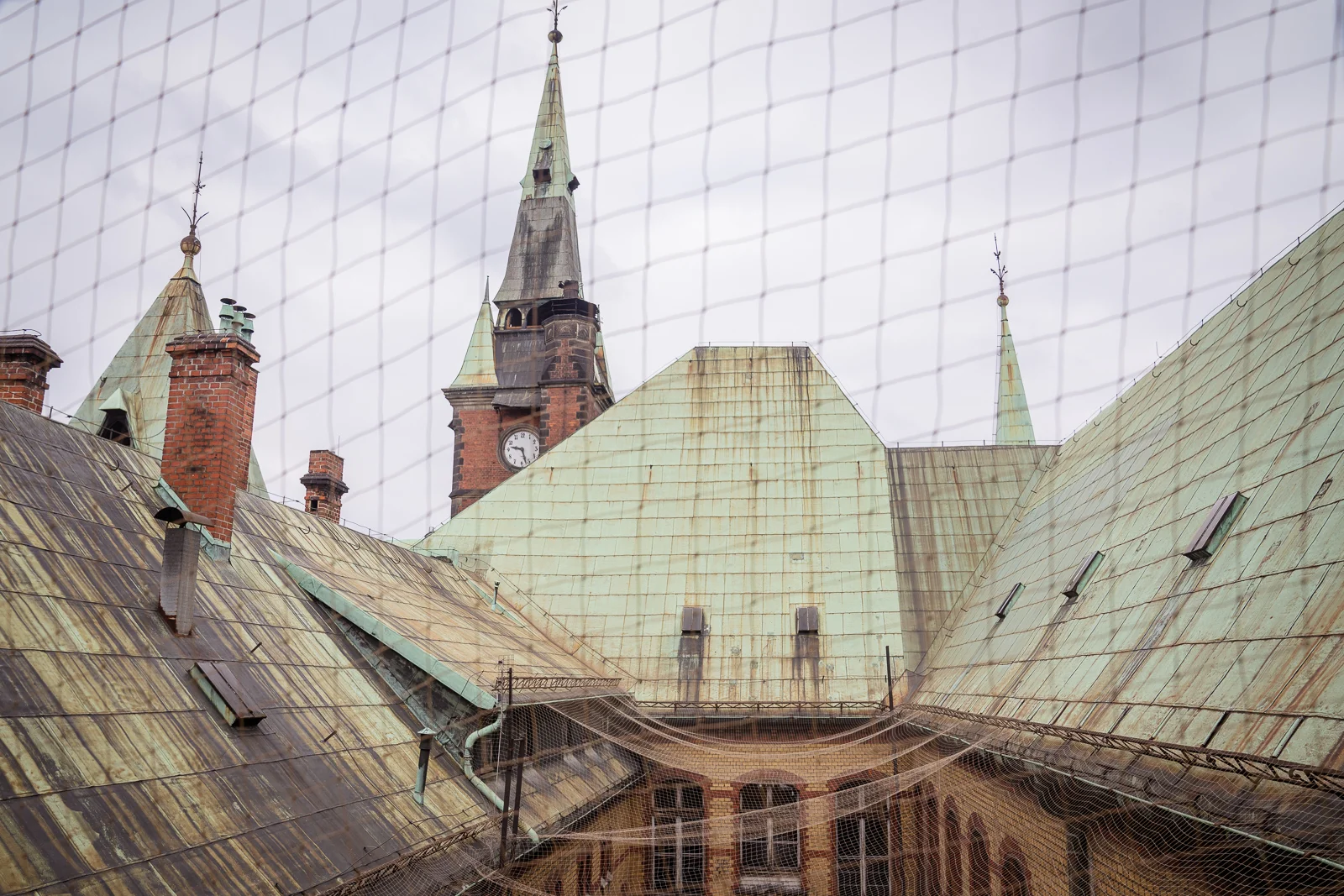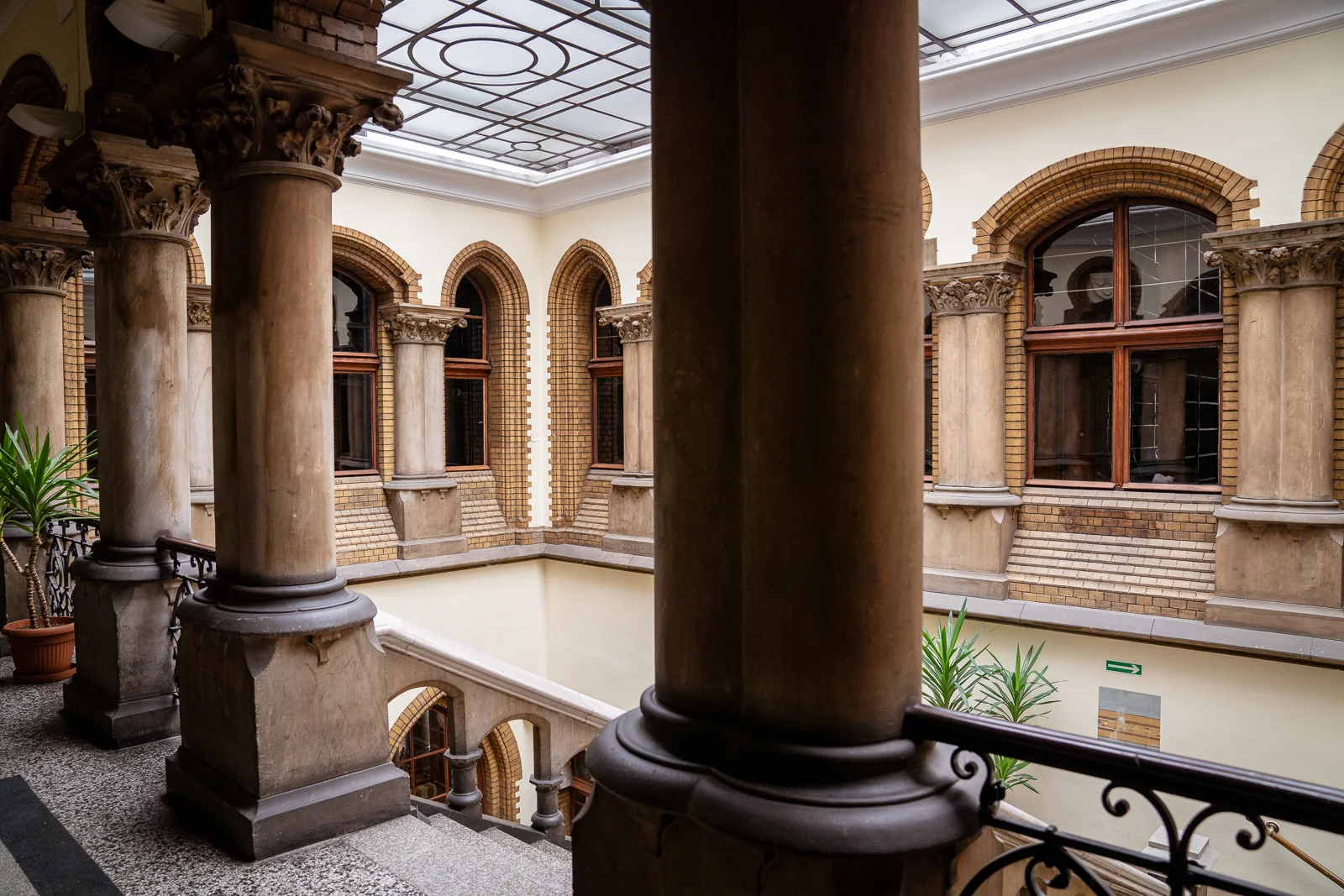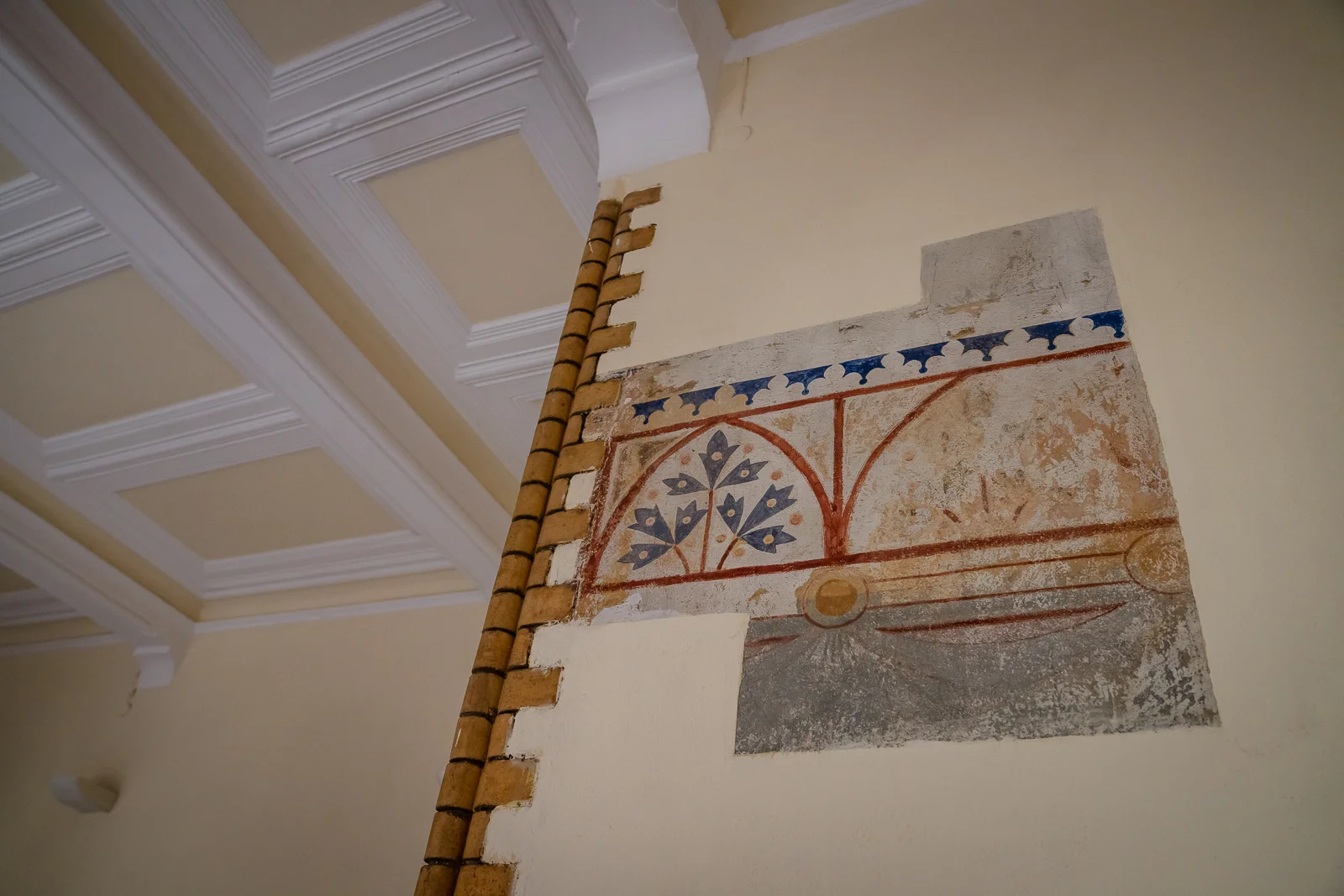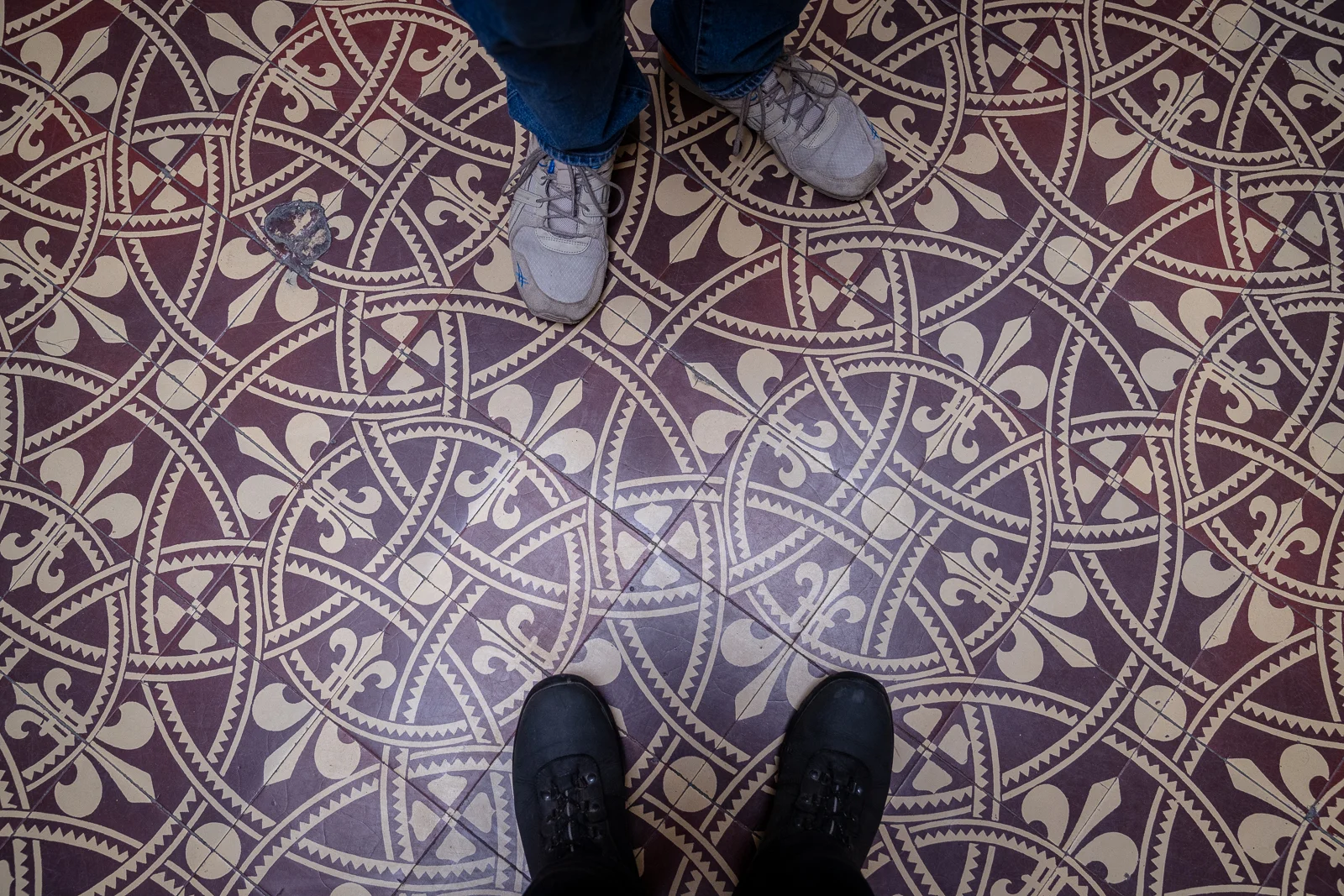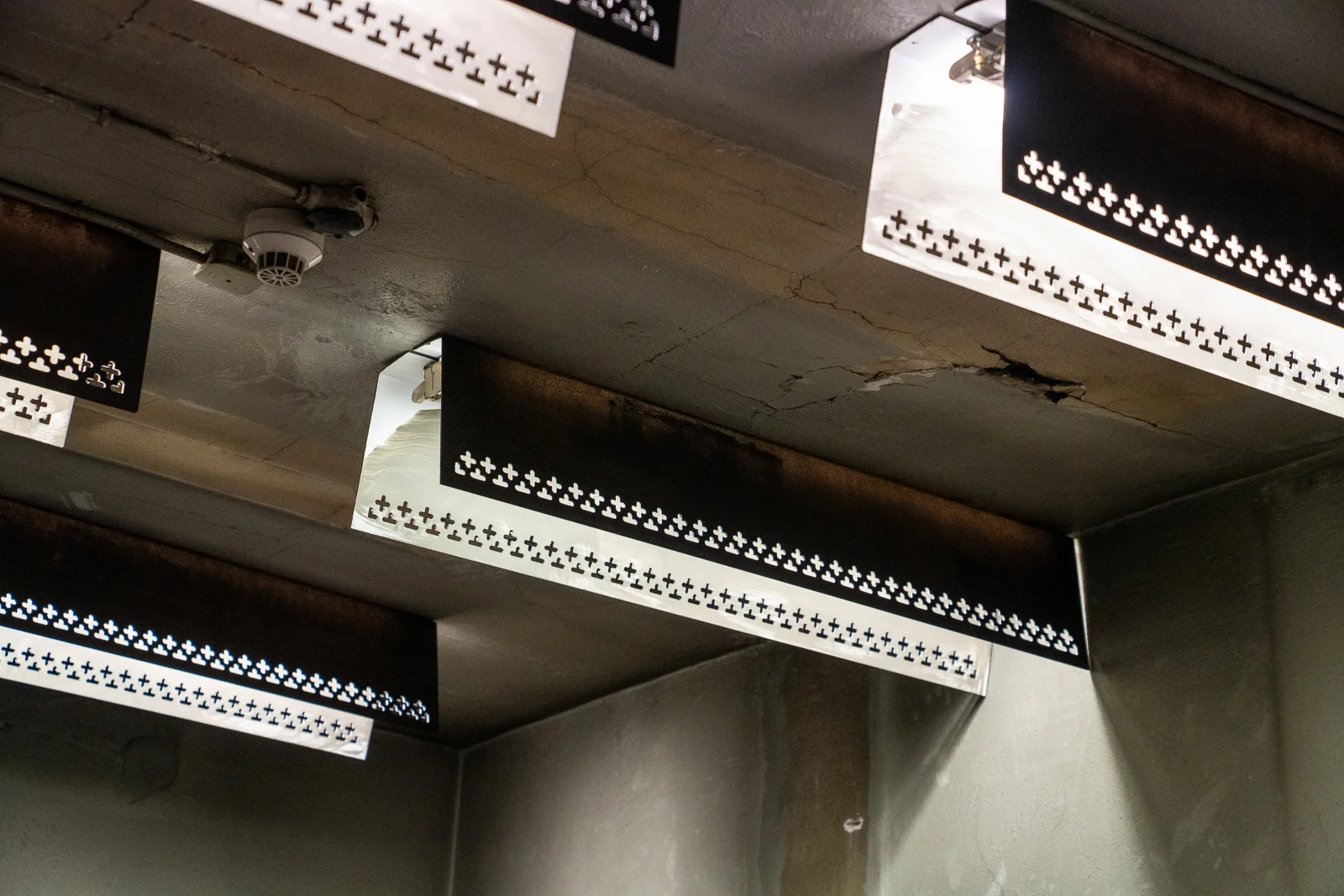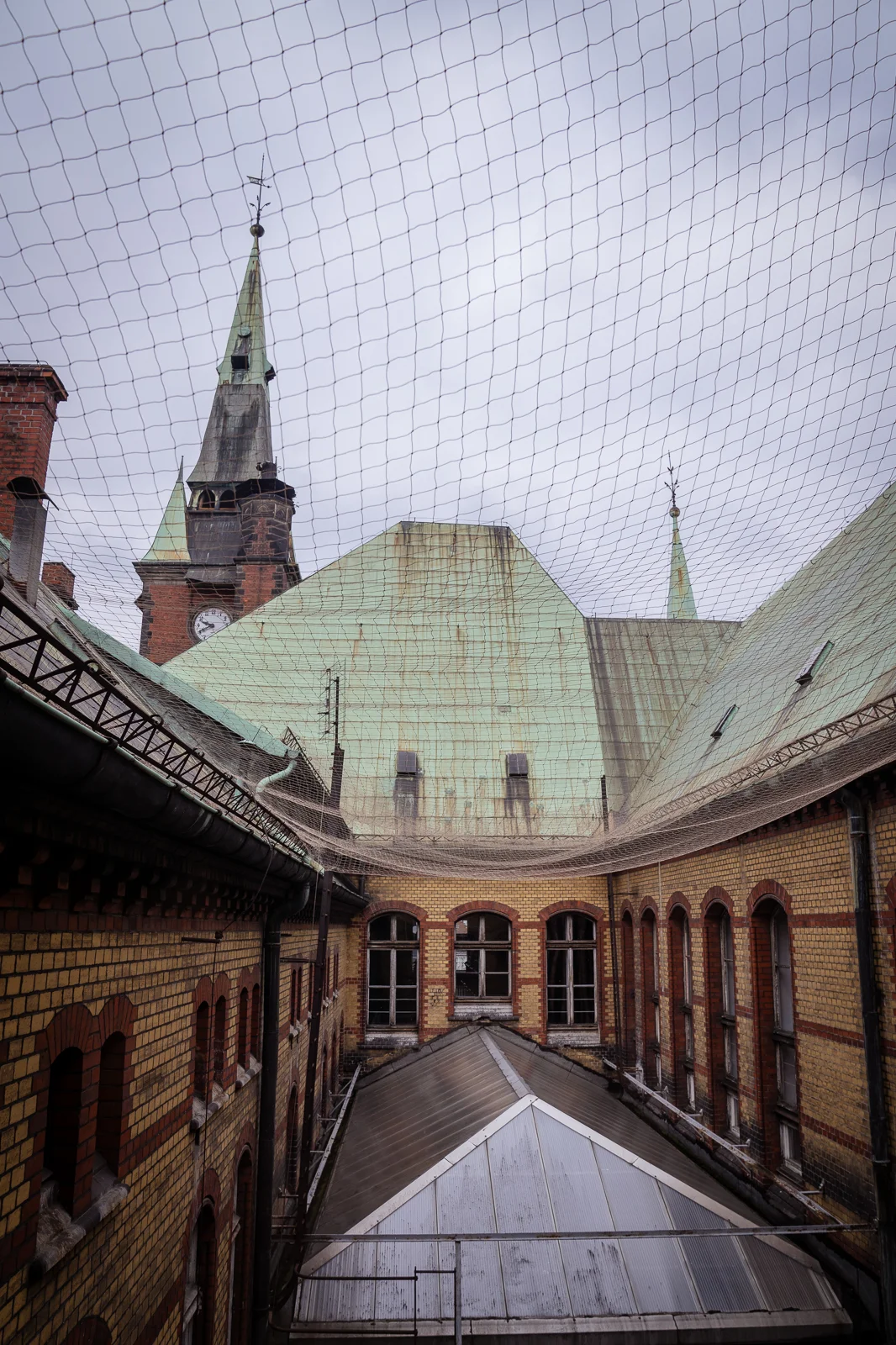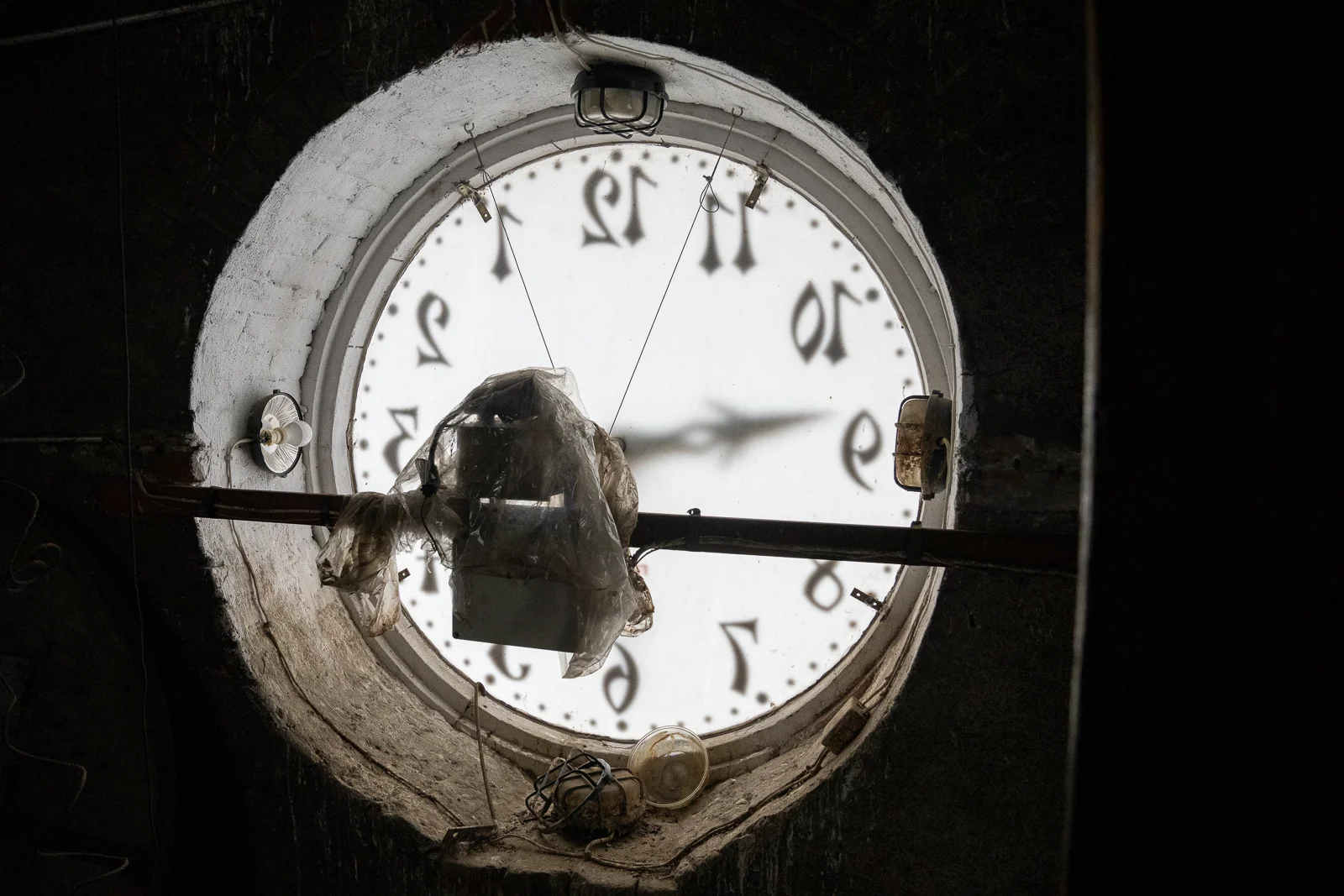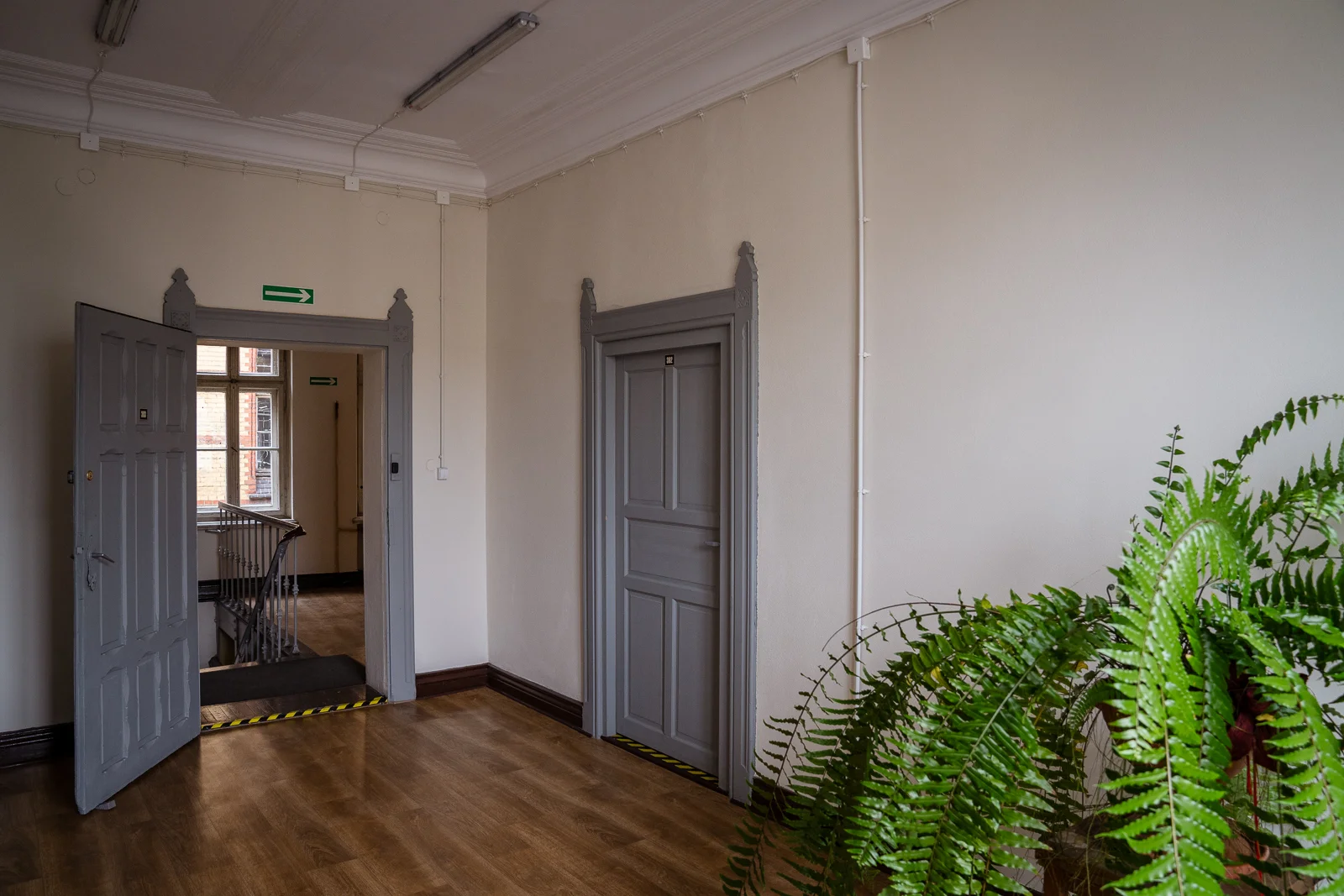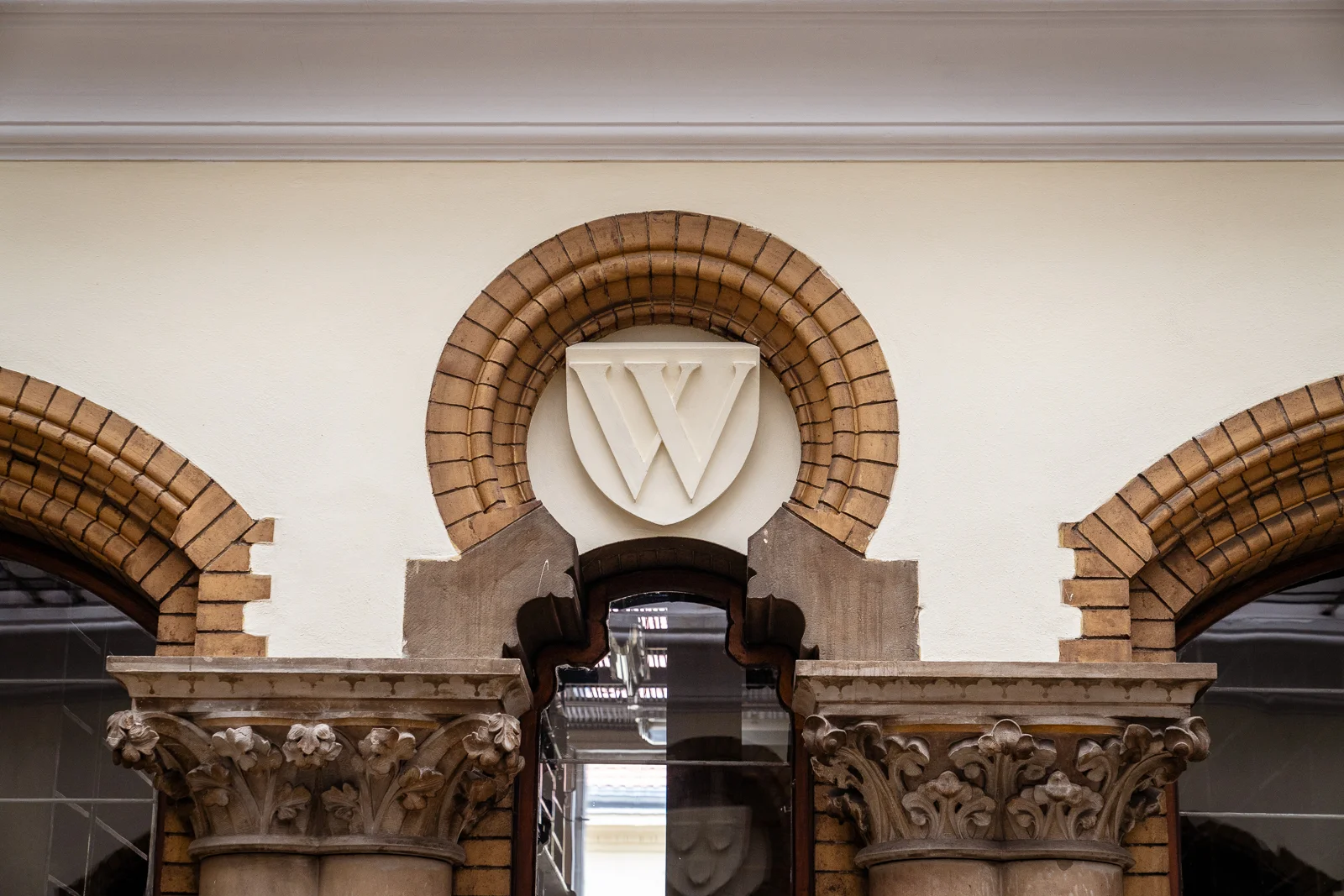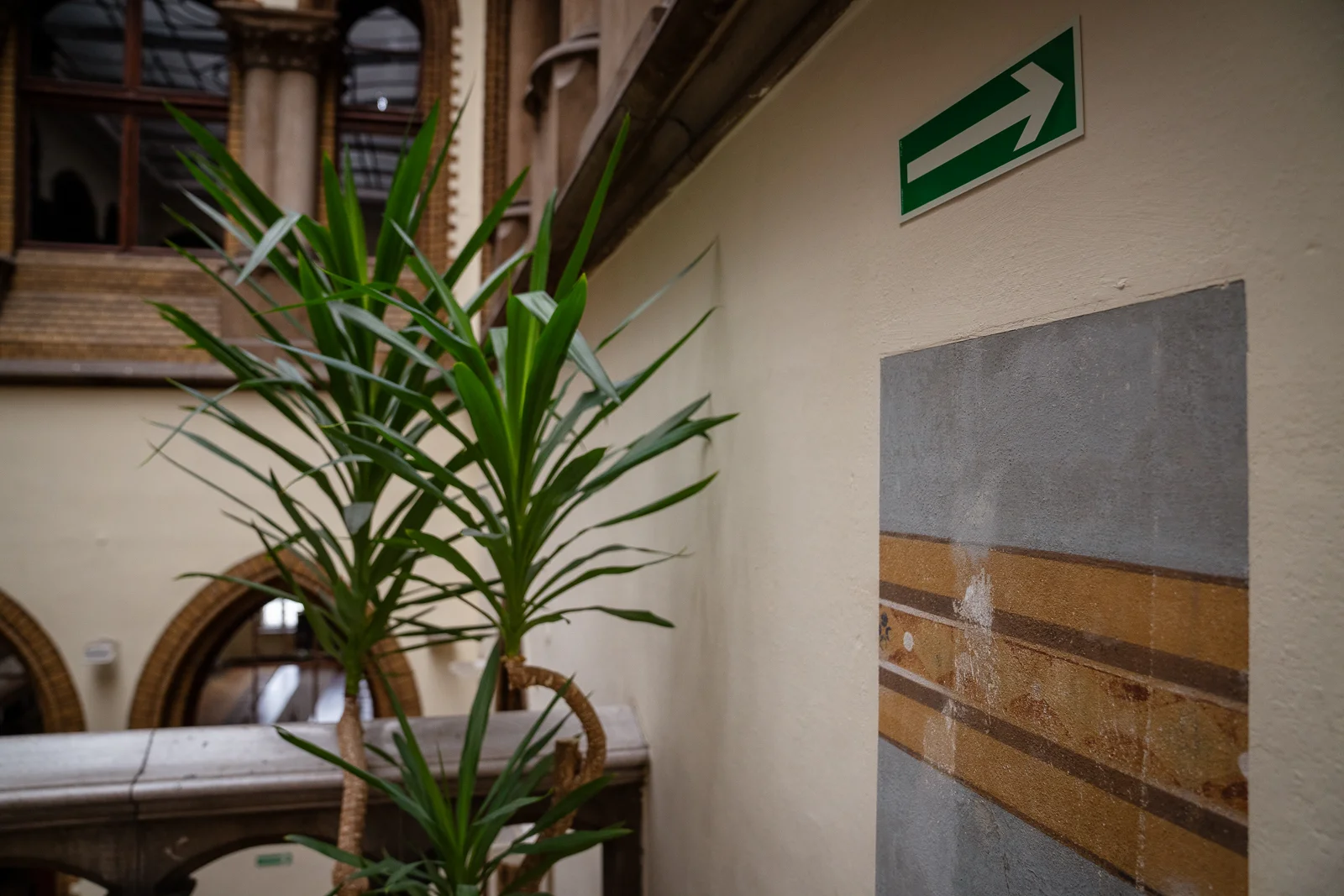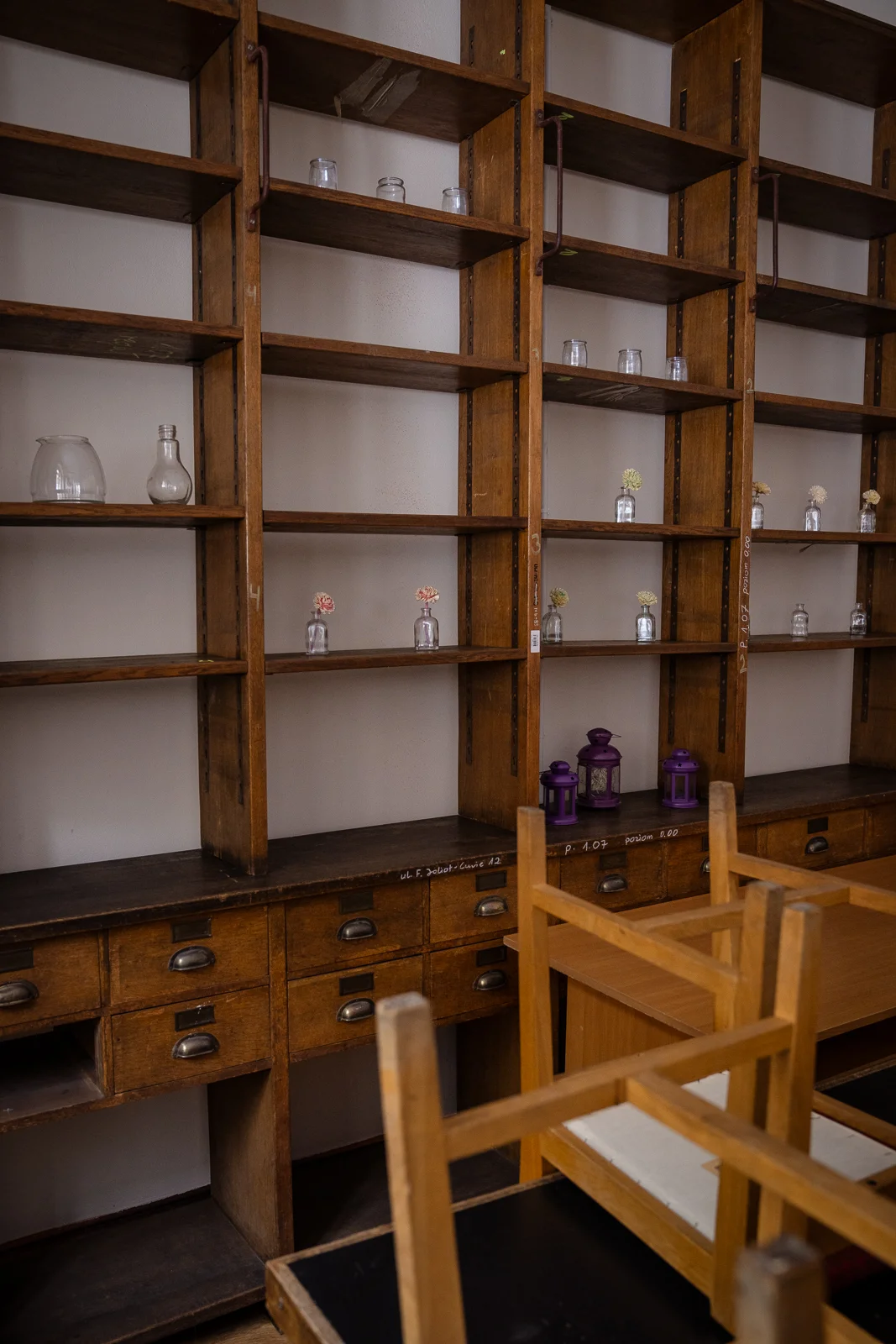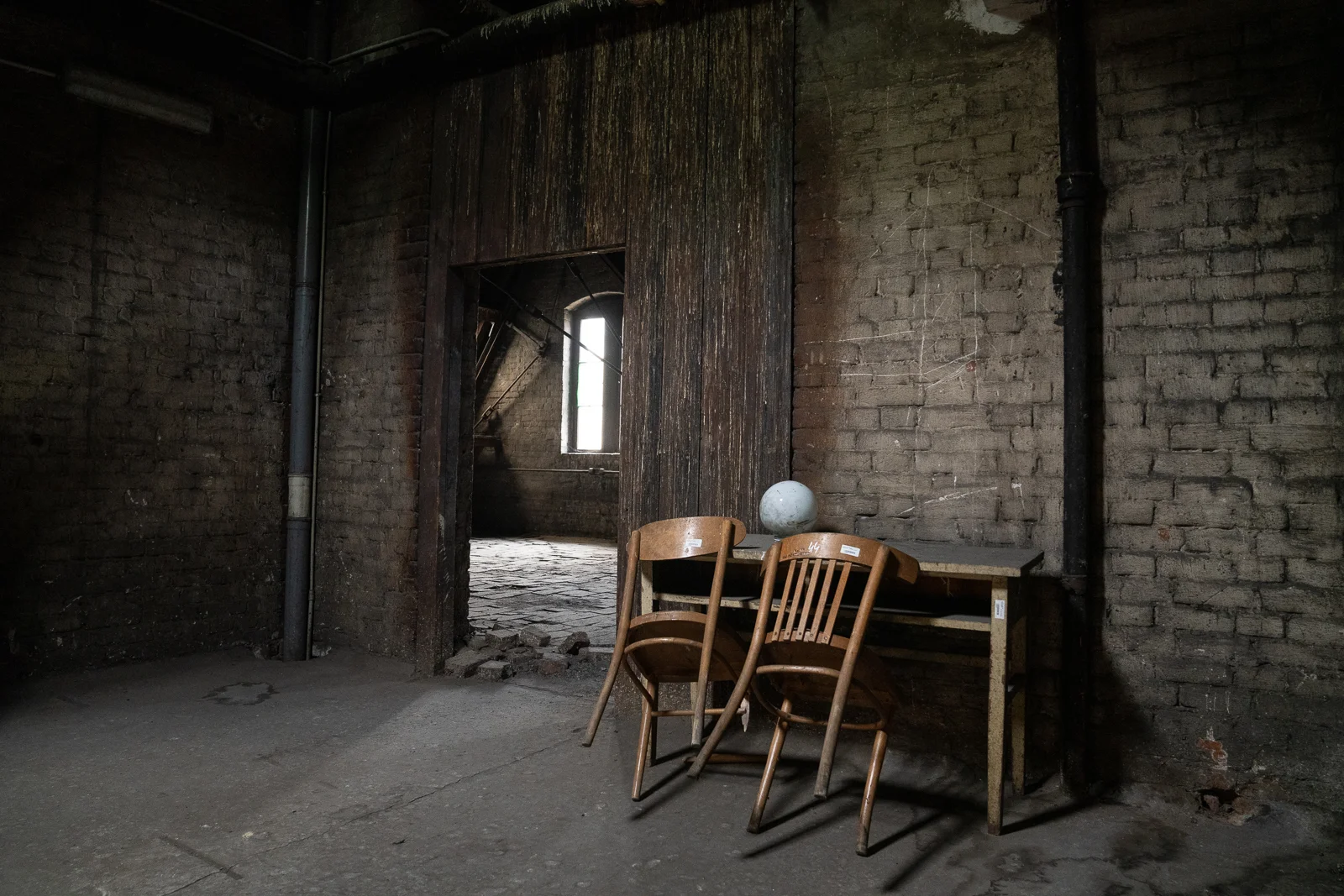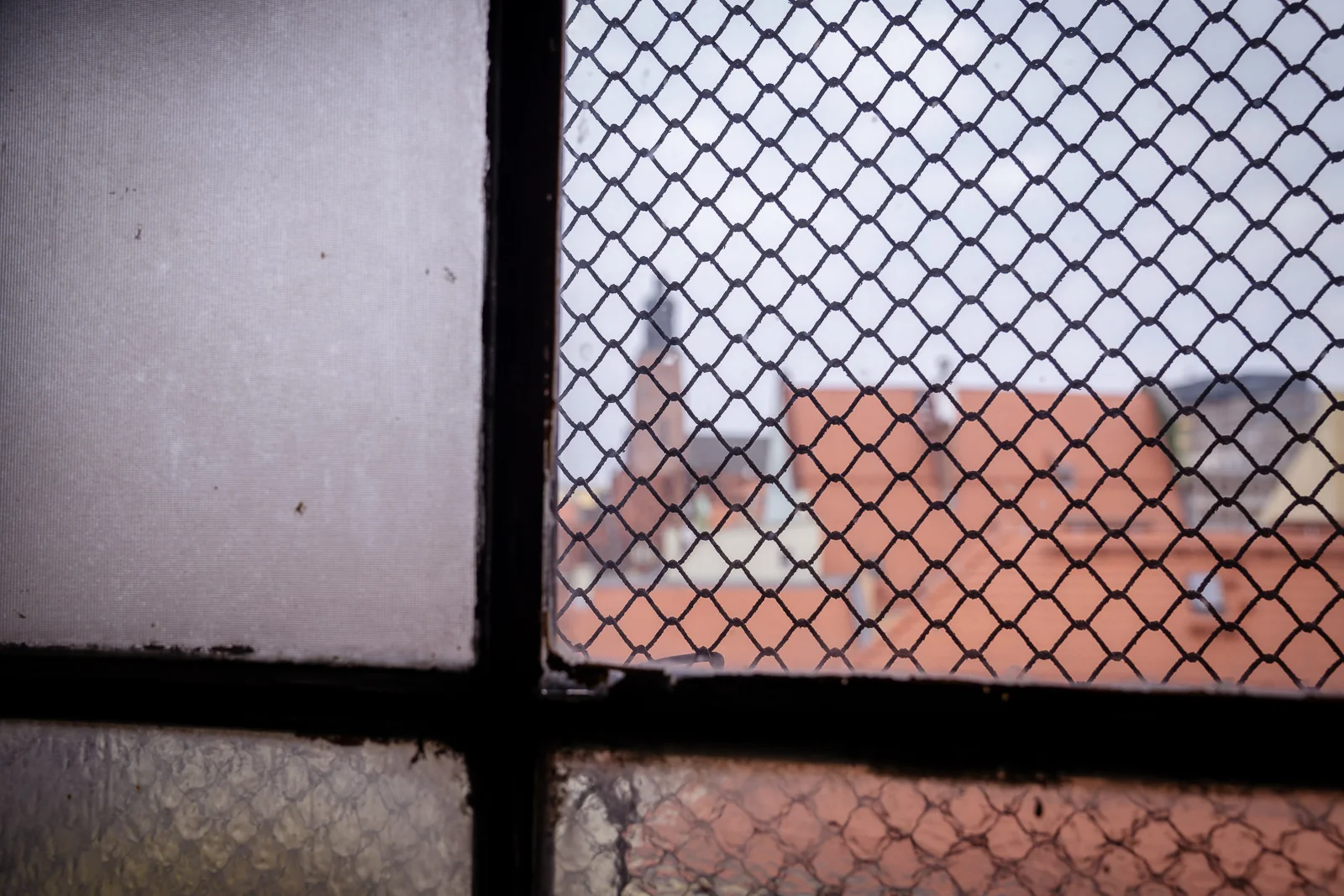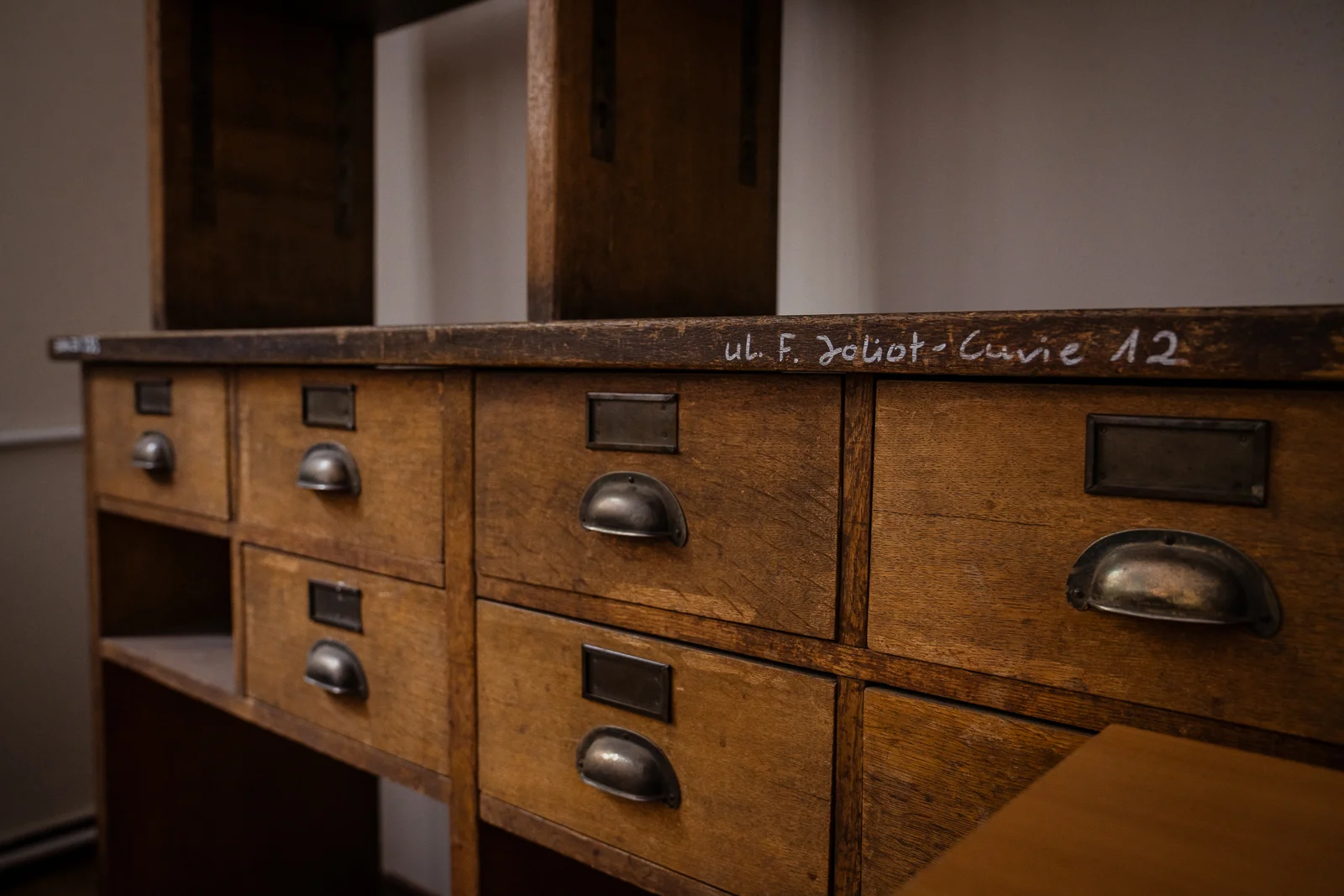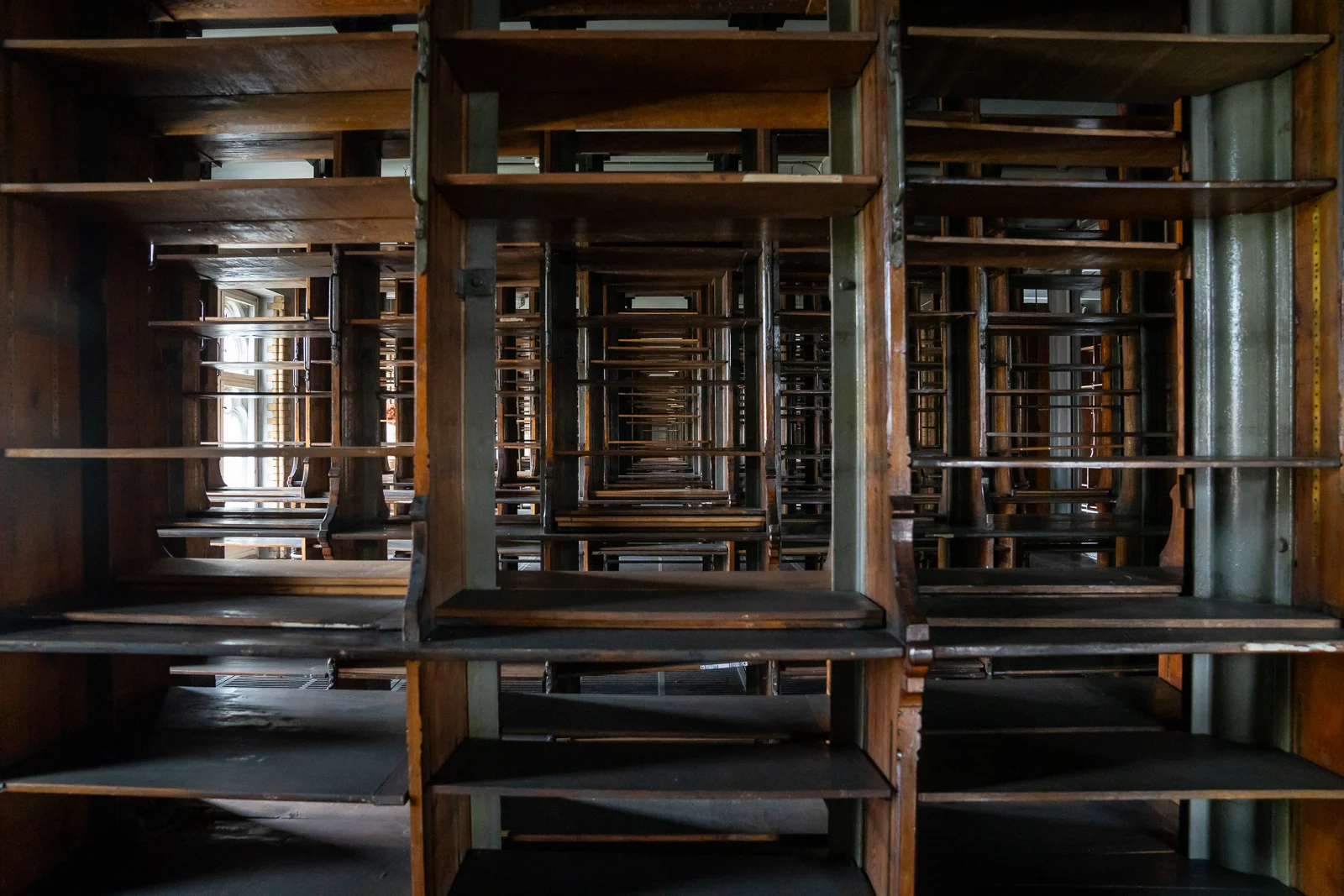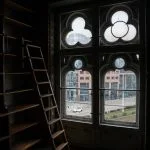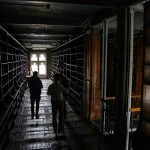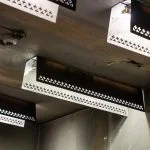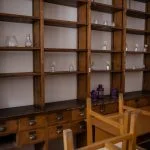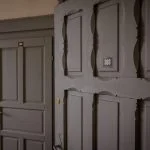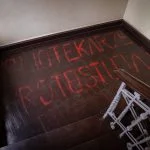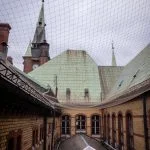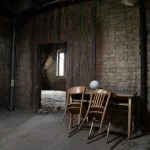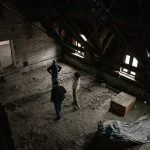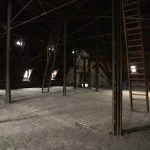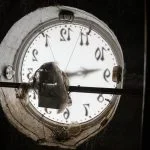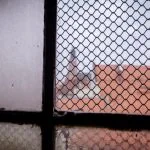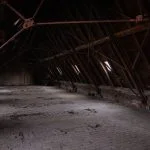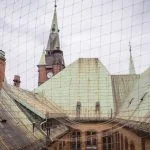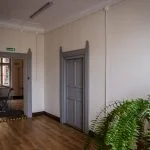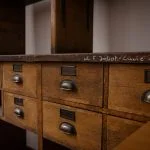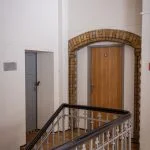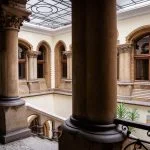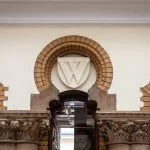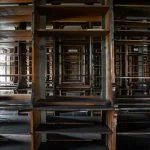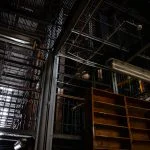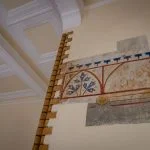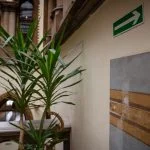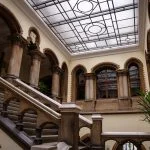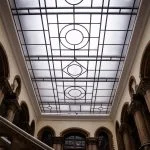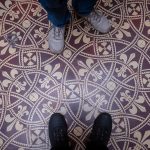
The Archive at Hogwarts
It has finally happened! One of the most fascinating and beautiful buildings in our city center, the former home of our University Library, will remain the property of the University. This enchanted building is even said to be Hogwarts of Breslau! Soon, the Archive of the University of Wrocław will be located within its old walls.
The renovation of the building at ul. Karola Szajnochy 7/9 will undoubtedly be an expensive project due to its unique nature. Nonetheless, the university authorities have assured us that they have decided to keep the monument within the university’s structures. Despite several attempts, there were no takers for the building, and even a large storage room with shelves for books could not be converted.
“That is why we intend to adapt the building for the needs of the University Archive” – says professor Robert Olkiewicz, the rector of the University of Wrocław – “Of course, this will take some time. But our archive, located at Szewska, is already – quite literally – bursting at the seams”. Hence, restoring the library building is a necessary step.
Furthermore, the building has an unusual and fascinating history, dating back to pre-war times. It is even known to be haunted by ghosts!
The library ghosts and the series about Breslau
“Does it resemble Hogwarts from Harry Potter? Maybe. Surely this building has a soul. Perhaps it is even haunted by ghosts” – claims mysteriously the doorman, who has been working here for five years. According to her stories, the famous staircase in the stairwell is known to creak at night. Who knows? It could be the ghosts of the librarians who worked there for over a century, from the late 19th century until 2012, moving millions of books that were borrowed and used “on the spot” by students and researchers.
“I don’t know much about ghosts, but we’ve been hosting a lot of film crews recently” – says Katarzyna Bondarczuk, the facility director at the Real Estate Management Department of the University of Wrocław. She takes us on a tour of this large building, consisting of multiple floors, dozens of rooms, corridors, and hidden spaces. – “This edifice is beautiful both inside and out, and it continues to inspire and intrigue people. In recent years, it has been used to film such movies as Kordian, which starred Cezary Pazura, Krzysztof Wakuliński, and Mariusz Kiljan, as well as the documentary about Tomasz Komenda directed by Jan Holubek. The building was also a film set for Das Weisse Haus am Rhein by Thorsten Schmidt, Oderbruch by Christian Alvart, and Mamka by Magnus von Horn.” – concludes Katarzyna Bondarczuk.
The building located at Szajnochy has a diverse history – serving in the past as a palace, a sewing room, and even a factory. It has also played significant roles in popular movies like Kajtek Czarodziej by Magdalena Łazarkiewicz (graduate in the field of cultural studies, the University of Wrocław) and Filip by Michał Kwieciński. Currently, two set designers are exploring the upstairs library rooms while working on the series entitled Breslau. However, it is still unclear whether the production is in fact a screen adaptation of the university’s famous classical philologist, who also set his novels at our university in pre-war Wrocław. Remains to be seen.
There is no doubt that both filmmakers and historians have been impressed with the building. Additionally, some students are currently taking their classes in the former reading room. They have temporarily moved here from the Historical Institute, where renovations are underway.
The underground labyrinth and the iconic library
“We descend into the basement. It’s a complex maze of corridors and spacious rooms” – says Katarzyna Bondarczuk, admitting even, that her first time coming down here, she tied a rope to the door to find her way back. Robert Oborski, the building’s long-time administrator, confirms that the basement is indeed very spacious: “These cellars are extremely immense. There were bookshelves everywhere, just like on the other floors and in the rest of the rooms”. He has worked here for 34 years and knows everything about the place, from the roof to the basement.
Oborski even suggests that the cellars may be connected to Plac Solny and the Market Square – “In the 1990s, we had physicist friends with geo-radars taking measurements. In several places, they indicated considerable spaces. We broke through one of the walls, and another spacious room appeared, facing Kazimierza Wielkiego (Street). It was cluttered with rubbish and materials from the time of construction. However, maybe I should call them treasures. After all, such 19th-century ‘rubbish’ is what archaeologists value rather highly” – he recalls. The basement originally served as a bank, so there were numerous hiding places and even vaults. It was also connected to the neighbouring palace and probably to the basement of the university print shop located in Zaułek Solny. It is not unlikely that there were connections to the Market Square as well, although these open spaces could also be remains of the old city walls.
In the beginning, there was … the archive
One million marks was the loan granted by the City Savings Bank (Miejska Kasa Oszczędności) for constructing the City Library and the City Savings Bank building itself. The neo-Gothic edifice was designed by Richard Plüddemann, who also created the Market Hall (Hala Tragowa) as well as Grunwald and Zwierzyniecki Bridges. The building was constructed between 1887-91 and initially housed four institutions, including a library, the City Savings Bank, a bank, and … the Municipal Archive.
According to Agnieszka Gryglewska, all the rooms surrounded an inner courtyard, which was partly occupied by a hall and a staircase covered by a glass roof (more information can be found in the Leksykon Architektury Wrocławia). These rooms still inspire admiration today, 130 years later, due to their modernity, creativity, and functional solutions. The storage room for the book collection, which spans several levels, is particularly impressive, with its openwork, and skeletal structure made of iron and cast iron. The hundreds of empty shelves with book supports and book trolleys standing next to them are now waiting to be used again, not only as a film or TV theatre set. The shelves are wooden, but they were created from trees cut down in winter, on the full or new moon. This method prevented flammability and bug infestation. As Robert Oborski explains, these techniques and materials were supposedly used already by shipbuilders in Julius Caesar’s times.
The specific roof construction with the usage of “Roman screws” is also almost unheard of today. The building is renowned for its many other constructional, architectural, and decorative solutions, making it “the most prestigious Wroclaw municipal edifice of the late 19th century” (Leksykon Architektury Wrocławia). It was designed to resemble British libraries, although the 21st-century generation may associate it with Hogwarts from J.K. Rowling’s novels due to its resemblance. Well, it seems that a more appropriate comparison is one of the Paris libraries, which has a pretty similar architectural style to the Wrocław building.
After 1933 and then again in 1945, the building at ul. Szajnochy only housed the library. The archive moved out in 1906, closely followed by the bank and the City Savings Bank, which moved to the Market Square.
Diving for books and other stories
The University Library, on the other hand, moved from Szajnochy to … The current library on the Oder waterfront. It “was moving” for a good six years. Several millions of manuscripts, books, or, as the librarians say, volumes displayed over four kilometers of shelves – it is not a piece of cake.
However, the memories attached to this place are still vivid. Over a hundred librarians were employed here, and many of them hung souvenir photos in the new facility to commemorate the Szajnochy building’s unique corridor, staircase, and beautiful courtyard. Most librarians tend to remain in their profession, and many have spent their entire careers at Szajnochy. Oborski, one of the librarians, is glad to hear that the old building will partly return to its former function, housing collections from many of Wrocław’s institutes, in addition to the archives. This place has also been a witness to many unforgettable events, including dramatic ones such as the flood that occurred in 1997, when the water seeped into the basement and cellars of the library at Szajnochy, causing extensive damage to many book collections.
During a flood, many people worked tirelessly to rescue books – “At the time, we were greatly dedicated, some even risked their lives and health to save as many texts as possible. For example, Bolek Rek, head of the collection department, simply dived in and fished out the books” – claims the host of the library. 7,000 books flooded. It is even hard to imagine.
But thankfully with the help of ionizers, it was possible to freeze them and then clean them page by page. Dry, and as our interviewee insists, in perfect condition were returned to their rightful place at the library.
“Of course, the library also had its downsides. Today we have twelve modern lifts and many 21st-century conveniences, whereas back then we only had one. Hundreds of thousands of books were moved and transported “by hand” through these labyrinths of corridors and stairs – to reading rooms, to lending libraries, to faculty libraries, to cataloging. But such was the work” – recalls Robert Oborski. He also mentioned that there is an antique gong located on the roof of the building, which used to chime the hours. Although currently damaged, one time he tried hitting it with a hammer, and surprisingly it worked! So, restoring it to the working condition might be possible again. Perhaps, it could be used for the inauguration of the archive?
Text Jacek Antczak
Photographs Paweł Piotrowski
Translated by Amelia Ćwikła (student of English Studies at the University of Wrocław) as part of the translation practice.
